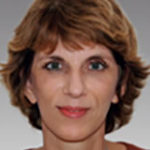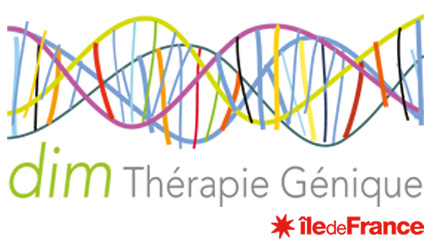Skin
Axis holders

Christine Bodemer
Skin

Alain Hovnanian
Skin
Hereditary epidermolysis bullosa (HEB) are a heterogeneous group of genetic diseases characterized by skin and mucosal fragility. The severity varies, depending on the subtype: epidermolytic (SEB), junctional (JEB) and dystrophic (DEB). Skin care help to heal the lesions. They are long, painful and daily. The impact on motor skills and autonomy is regular. The risk of cancerization of chronic wounds is major. Treatment with gene therapy offers the possibility of prolonged or permanent healing of skin lesions and possibly mucosal lesions. Different gene therapy possibilities are proposed: exon skiping, transgenic stem cell transplantation. Ichthyosis corresponds to an inherited abnormality of maturation of the epidermis (cornification disorder). They are in the form of dander more or less diffuse, thick. They can be isolated or syndromic associated with the involvement of an internal organ (CNS, liver …). Cutaneous involvement may affect the musculoskeletal system (grasping, walking). Increased skin permeability and chronic skin inflammation are possible. The symptomatic treatment is based on local and general keratolytics, emollients. They aim to reduce the thickening of the skin. A multidisciplinary approach is essential. An exon skipping approach is under development.
Ectodermal dysplasias form a heterogeneous group of more than 200 rare diseases characterized by the involvement of at least two of the following embryonic ectodermal tissue derivatives: teeth, nails, sweat glands and hair growth. The incidence, in all forms, is estimated at 7 per 10,000 births. Ophthalmological events, ENT etc. exist in certain forms. The severity results from the absence of thermal regulation, overall mucosal dryness and dental abnormalities. The management is symptomatic. The hypo / anhidrotic form is the most common. It results from mutation (s) in the EDA1, EDAR, EDARADD genes. Treatment by injection of the ectodysplasin effector protein, encoded by the EDA1 gene, suggests some curative possibilities.
Regular recruitment is important for these different groups of genodermatosis in the frame of the reference center MAGEC (Multi sites on the Ile de France) and its network of center of competence. The center allows the clinical characterization and a medical follow-up (clinical and para-clinical) optimum, in structures specifically arranged for the care of the patients and the clinical research, with the necessary teams of experts. The severity of these chronic, debilitating and painful diseases, with a high socioeconomic burden score, justifies translational therapeutic research involving gene therapy

